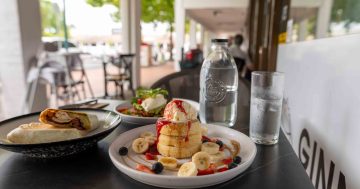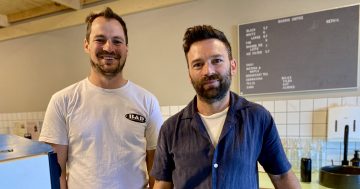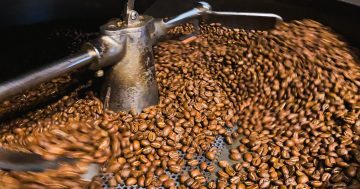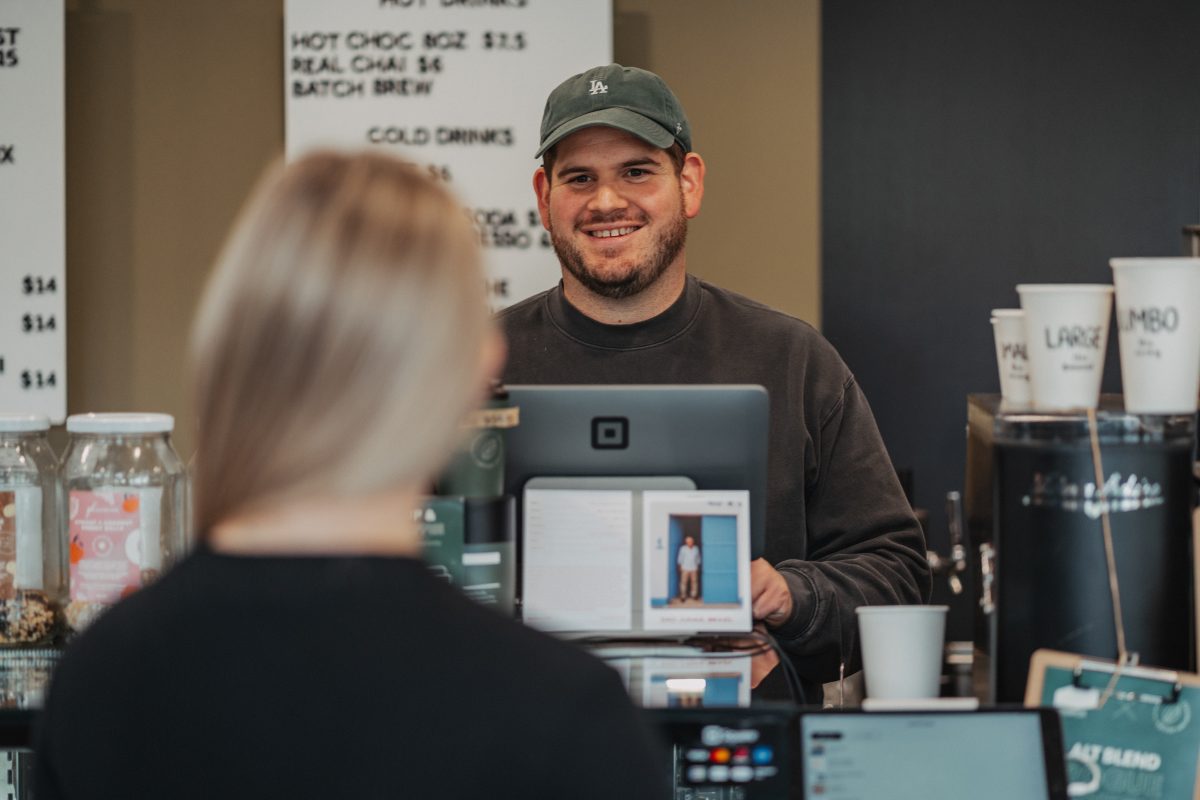
Barista-maker Caleb Evans says even slight variations in your espresso extraction cause the taste to swing wildly. Photo: one x.
If the ever-rising cost of your daily coffee has you reaching for a portafilter instead of your wallet, you may have realised that making a great cup of coffee is more complicated than it looks.
At least, until long-time barista Caleb Evans lifts the veil on industry secrets.
The long-time barista has made it his mission to help people fall in love with their morning brew.
Through his Canberra-based business, Coffee Collective, Caleb helps people master their machine and make coffee they love, every single day.
It all hinges on one core component.
“You may not realise the majority of cafes make their coffee with a recipe, based on precise measurements — the dose of coffee going in and the volume of espresso coming out,” he says.
That recipe, he explains, is the most significant difference between the perfect cup and bitter defeat. It’s also the focus of Coffee Collective’s barista training services.
“In a home or corporate setting, I work with the customer through all those factors to get them to a recipe they love — one that suits their tastes,” Caleb says.
“Variables include whether you’re using a light, medium or dark roast, the amount of water going through and time ranges.
“After that, it’s about showing them how to achieve that consistently, and how to get back to it when things go wrong.”
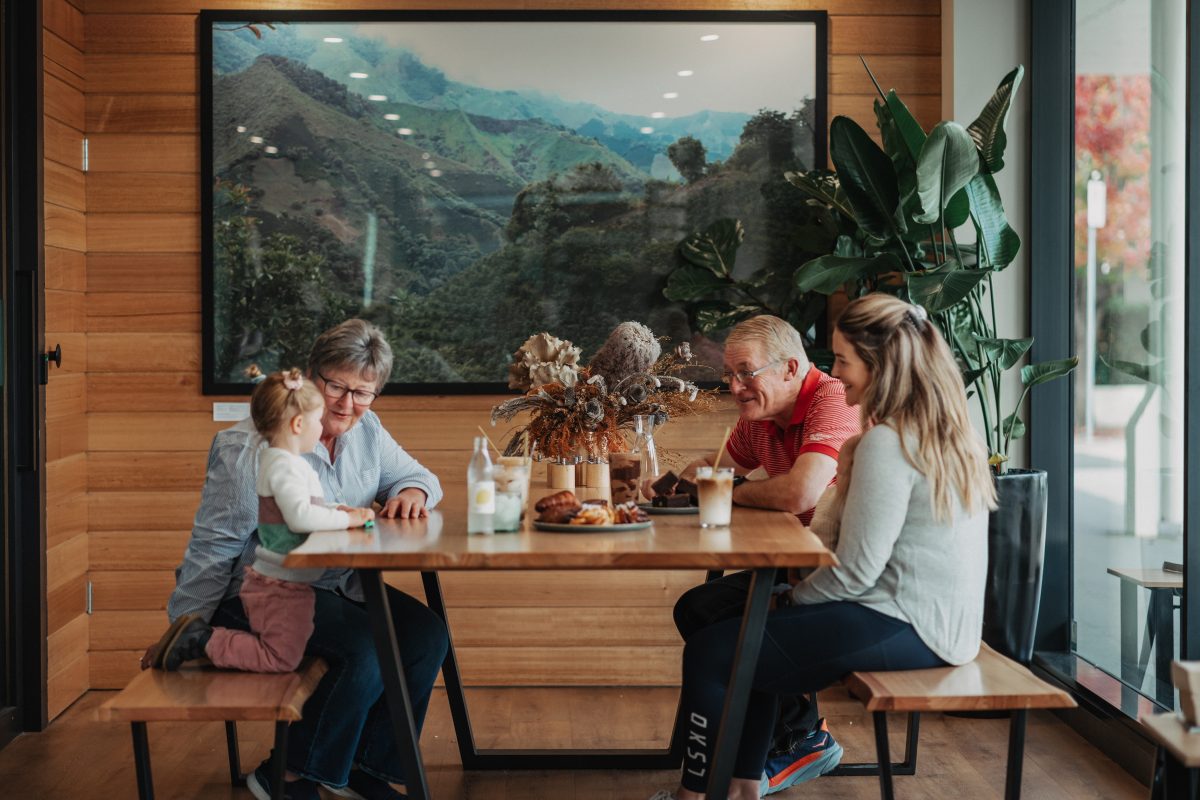
Most cafes use recipes to achieve consistently good coffee. Photo: one x.
A base recipe generally includes about 20 grams of coffee in and 40 grams of espresso out, with a pour time ranging from 20 to 35 seconds. Somewhere in those variables lies the perfect cup — and every gram and every second impacts the taste.
“Recipes are surprisingly tight,” Caleb says.
“In our cafe and mobile coffee truck, we use 22 grams in and 44 grams out. If I do 22 grams in and only 38 grams out, it’s under-extracted and tastes terrible.
“It doesn’t sound like a huge change, but there’s little margin for error before your beverages become undrinkable.”
Whether it’s a $350 Breville or a legendary La Marzocco, a great coffee depends on knowing how to use the gear properly, but the quality of your shot can also swing wildly depending on one critical piece of gear — your grinder.
Caleb says it’s more important than the espresso machine — a common surprise for his barista students.
“There’s a science behind the grind, which focuses on what we call extraction yields — the amount of coffee you’re actually getting through extraction or ‘total dissolved solids’,” he says.
“That delicate balance determines whether you’ll taste chocolatey depth, fruity acidity or something altogether unpleasant. But in terms of your day-to-day coffee makers, we’re just talking about what tastes good to you.”
With tailored lessons for beginners through to advanced setups, Caleb’s barista training is popular for home brewers and workplaces wanting to empower their staff to save money long term.
Sessions start with a conversation about the customer’s preferences, and some trial and error with different roasts and blends to dial into their tastes.
The rest of the lesson focuses on developing the perfect recipe and building a repeatable system around it.
Customers walk away from basic lessons with an understanding of grind size and dosing, proper tamping techniques, espresso extraction fundamentals, basic milk steaming and texturing, machine maintenance and troubleshooting.
Users of more advanced machines will learn precision dialling-in, advanced milk texturing, workflow efficiency, espresso recipe development and ratio adjustments, plus in-depth maintenance and longevity tips.
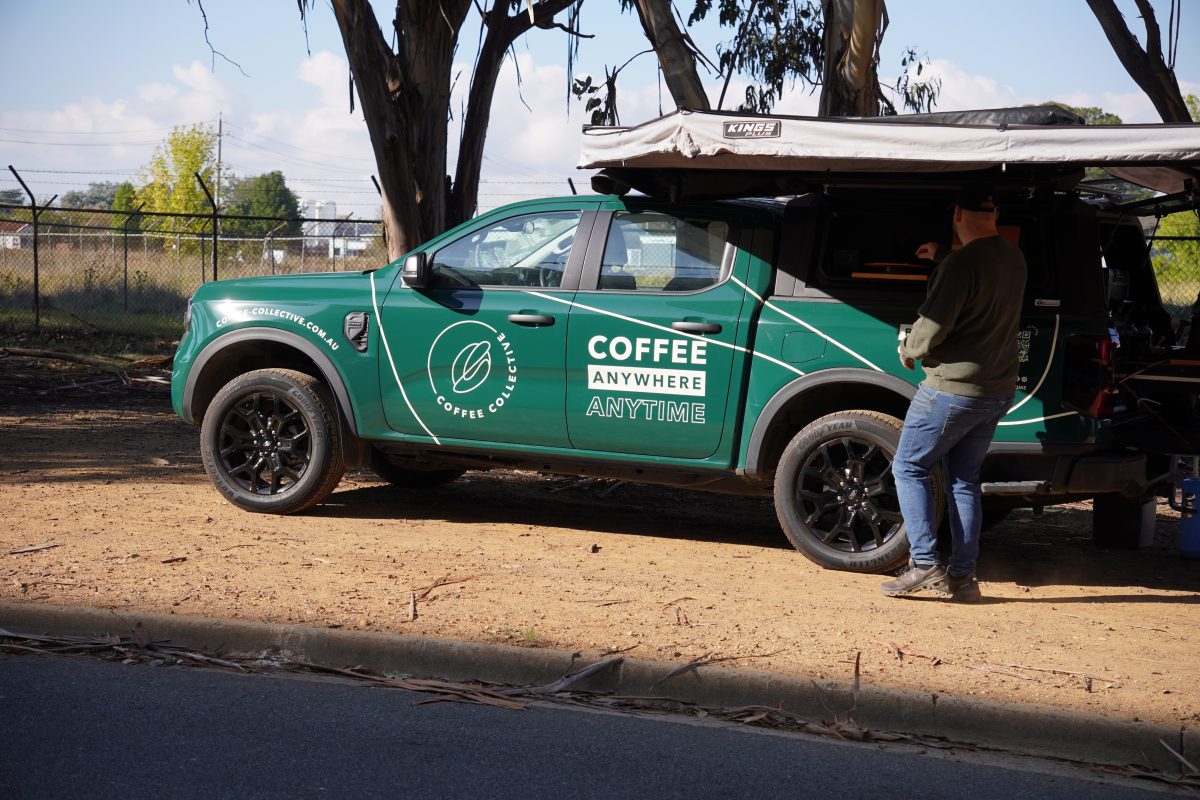
Coffee Collective teaches people how to make good coffee every day at home and in the office. Photo: one x.
Caleb also shares insights into gear, which he says has improved by leaps and bounds.
“In the past, a good grinder would set you back $2000 to $3000, which precludes most home brewers. Today’s Breville Pro is a great little grinder for the home brewer and only costs about $350,” he says.
“The absolute cheapest Breville grinder and espresso machine — the Bambina — is affordable, and it makes solid espresso.
“A lot of people don’t have the time or inclination to research the pros and cons of the many products out there. If you’re about to embark on your home or office making journey, come and talk to me first — I have done all the work, I know prices and performance — that’s what I do, because I genuinely love it.”
Caleb says people are changing the way they consume their daily brew, and it’s reshaping the industry.
“I would not have said it even three years ago, but it’s now possible to make good coffee at home without spending an arm and a leg,” he says.
“Aside from the savings, but it’s really fun to learn to make nice coffee for yourself. Ultimately, that’s what I want — for people to love the coffee they’re making every day.”
For more information, visit Coffee Collective.












